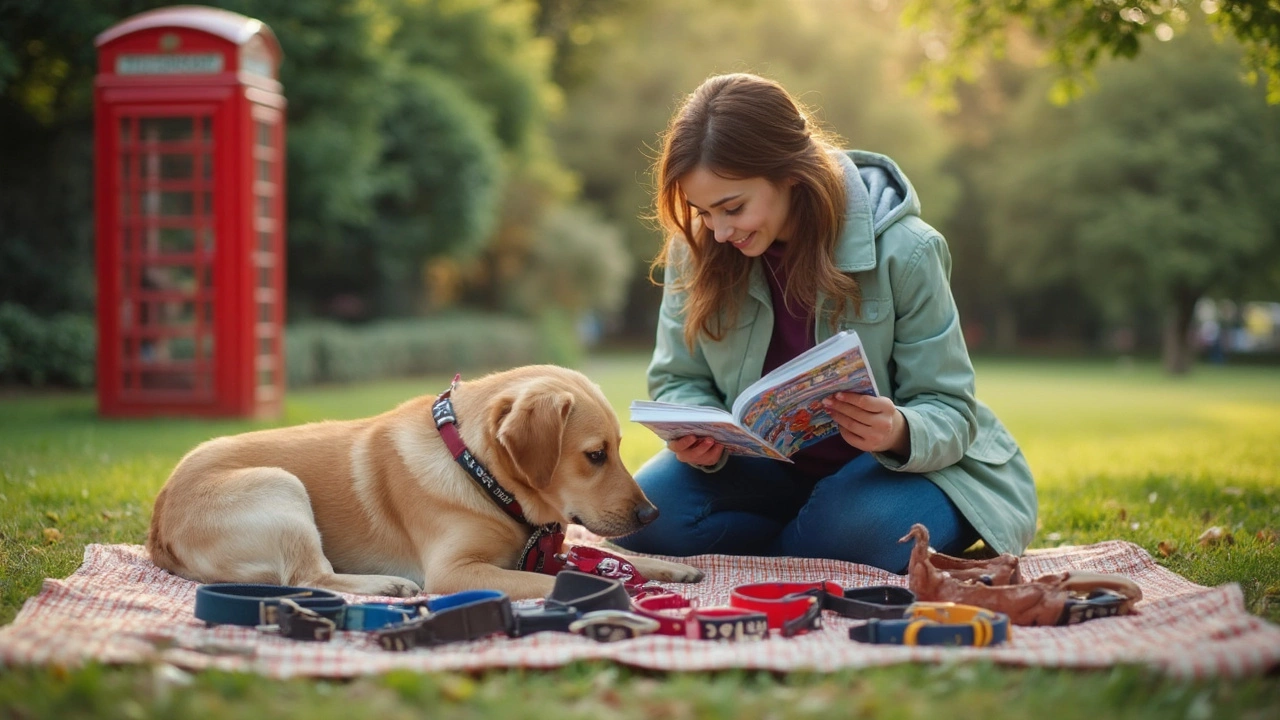Choosing Dog Collar: A Simple Guide to Find the Right Fit and Safety
Picking a collar isn’t just about looking good—it's about comfort, safety, and keeping your dog happy. Too loose and it can slip off, too tight and it hurts. In this guide we’ll walk through the key steps so you can pick a collar that works for you and your pup.
Fit and Comfort Matter
The first thing to check is the size. Grab a flexible measuring tape and wrap it around the thickest part of your dog’s neck, then add about two fingers’ width (roughly an extra inch). Most collars list a size range; aim for the middle of that range. If your dog is still growing, an adjustable collar gives room to grow without buying a new one every few months.
Next, test the fit. When you fasten the collar, you should be able to slide two fingers underneath. This allows enough wiggle room for breathing and scratching, but keeps the collar from sliding off. If the collar is a plastic buckle, make sure the latch snaps shut firmly; a loose buckle can become a choking hazard.
Materials and Safety
Collars come in nylon, leather, neoprene, and even chain styles. Nylon is cheap, lightweight, and easy to clean—great for everyday walks. Leather feels sturdy and softens with use, but needs regular conditioning to avoid cracking. Neoprene offers water resistance, perfect for dogs that love swimming.
Safety features are non‑negotiable. Look for a breakaway or quick‑release clasp if your dog is a jumper or likes to get into tight spots. These designs snap open under pressure, preventing choking if the collar gets caught. For dogs that pull a lot, a padded collar spreads pressure and reduces neck strain.
Don’t forget the hardware. Stainless steel D‑rings are rust‑proof and strong; cheap metal can rust and weaken over time. If you plan to attach a heavy ID tag or a leash with a built‑in harness, choose a collar with a reinforced ring.
Finally, think about style. Bright colors improve visibility on evening walks, while reflective strips add extra safety in low light. You don’t have to sacrifice fashion for function—many brands combine both.
After you’ve selected a collar, give it a quick check each week. Look for frayed stitching, cracked leather, or a loosened buckle. Replacing a worn collar early saves you from a potential emergency later.
Choosing the right dog collar is a mix of proper measurement, material choice, and safety features. Follow these steps, and you’ll have a collar that keeps your dog comfortable, secure, and looking sharp on every walk.

Best Type of Collar for a Dog: How to Choose Right
Picking the right collar for your dog isn't just about looks—it's about safety, comfort, and control. This article breaks down different collar types and explains what works best for different dogs. You'll find tips based on real dog behavior and practical advice for every lifestyle. From daily walks to training sessions, the right collar can make all the difference. Get answers to common questions and learn what actually matters when shopping for your pup’s collar.
View more